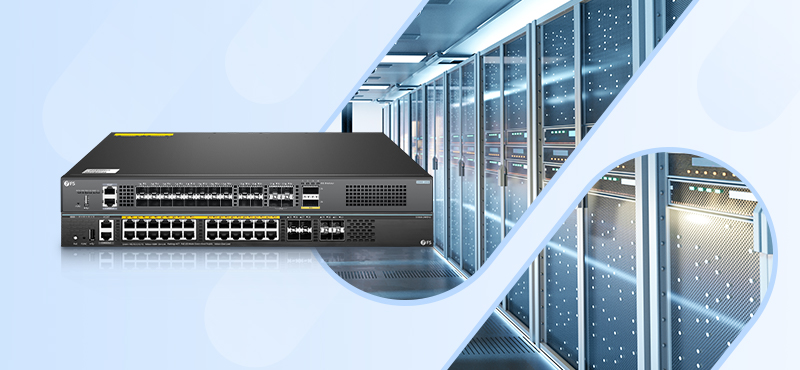Introduction: What is a Network Switch and How Does it Work?
A network switch is a device that connects devices on a computer network by using switching technology. The switch allows data transfer between devices connected to its switch ports, and it also manages the traffic flow by directing data packets to their intended destinations. Ethernet switches are the most common types of network switches, and they are widely used in home, office, and data center environments.
Exploring the Advantages of 10G Network Switches
10G network switches are designed to provide faster data speeds and increased bandwidth performance compared to traditional switches. They operate at 10 gigabits per second (Gbps), which is ten times faster than the standard 1 Gbps that traditional switches offer. This faster data speed is particularly important for businesses that require high-speed data transfer, such as video editing or data backup and recovery. With a 10G switch, businesses can transfer data much more quickly, reducing the time it takes to complete tasks and increasing overall productivity.
In addition to faster data speeds, 10G switches also offer reduced latency, which is the time it takes for data to travel from one device to another. Latency can significantly impact network performance, particularly for real-time applications such as video conferencing or online gaming. With a 10G switch, latency is reduced, allowing for smoother and more reliable network performance.
How to Choose the Right 10G Switch for Your Needs
Choosing the right 10G switch depends on your specific network requirements. Consider factors such as the number of devices that need to be connected, the amount of data that needs to be transferred, and the overall network topology. It’s also essential to consider the switch’s compatibility with existing network equipment and whether it supports the necessary protocols and features.
When comparing 10G Ethernet switches, it’s important to look at factors such as the number of switch ports, the switch’s form factor, and the switch’s power consumption. Switches with more switch ports are more suitable for larger networks, while switches with a smaller form factor may be more suitable for smaller environments where space is at a premium. Power consumption is also a significant factor to consider, particularly in data center environments where power usage can be a major expense.
What are Some Common Use Cases for a 10G Switch?
10G switches are particularly useful in environments where high-speed data transfer is essential. Here are some common use cases for a 10G switch:
Data Centers: In data center environments, 10G switches are used to connect servers and storage devices, allowing for faster data transfer and improved performance.
Video Editing: Video editing requires large files to be transferred quickly between devices. A 10G switch can significantly reduce the time it takes to transfer large video files, improving productivity and reducing project turnaround times.
High-Performance Computing: High-performance computing applications, such as scientific simulations and machine learning, require high-speed data transfer to process large data sets. 10G switches can help to reduce latency and improve network performance, allowing for faster data processing.
Virtualization: Virtualization allows multiple virtual machines to run on a single physical server. A 10G switch can help to improve virtual machine performance by providing faster data transfer and reducing latency.
Conclusion – Why You Should Invest in a High-Performance 10 G Switch Today
Investing in a high-performance 10G switch can significantly improve your network performance and productivity. With faster data transfer speeds, reduced latency, and increased bandwidth performance, 10G switches are essential for businesses that require high-speed data transfer and reliable network performance. When choosing a 10G switch, it’s important to consider your specific network requirements, the number of devices that need to be connected, and the switch’s compatibility with existing equipment.
